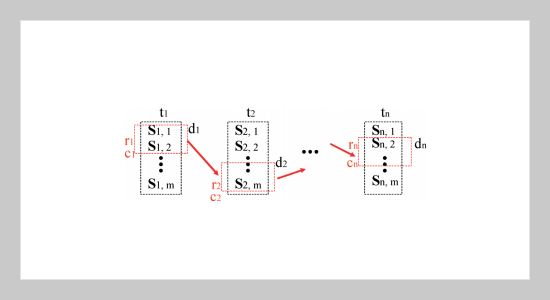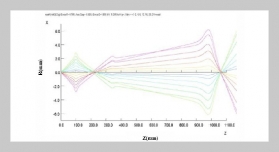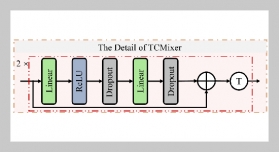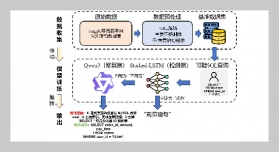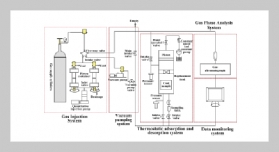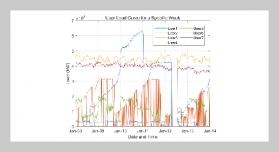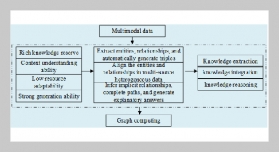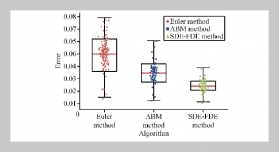Shun-Te Wang This email address is being protected from spambots. You need JavaScript enabled to view it.1 and Chien-Min Wang2 1Department of Electronic Engineering, Hwa Hsia Institute of Technology, Taipei 235, Taiwan, R.O.C.
2Institute of Information Science, Academia Sinica, Taipei 115, Taiwan, R.O.C.
Received:
June 6, 2005
Accepted:
May 20, 2006
Publication Date:
September 1, 2008
Download Citation:
||https://doi.org/10.6180/jase.2008.11.3.05
The dynamic composition of Web services from independent service providers for complicated distributed applications is emerging as a key technique in the Internet world for future critical software systems. In such an environment, a user may need to compose some Web services to perform critical tasks along a given execution path that needs high reliability to avoid unacceptable failures due to service crashes. To achieve high reliability, the active parallel replication and standby parallel replication strategies can be used for managing the redundancy existing in each task of an execution plan. However, more replicas of Web services used during a task execution means higher price a user has to pay for. In this paper, we propose an approach to select necessary Web services from different vendors for the purpose of their composition in a way that satisfies the user-specified reliability, price and response time, while trying to minimize the price and delay of an execution plan. We provide simulation results to study the performance of the proposed approach and compare it with four variations that use different heuristics for service selections.ABSTRACT
Keywords:
Web Services, Reliability, Quality-of-Service (QoS), Service Composition, Execution Plan
REFERENCES


